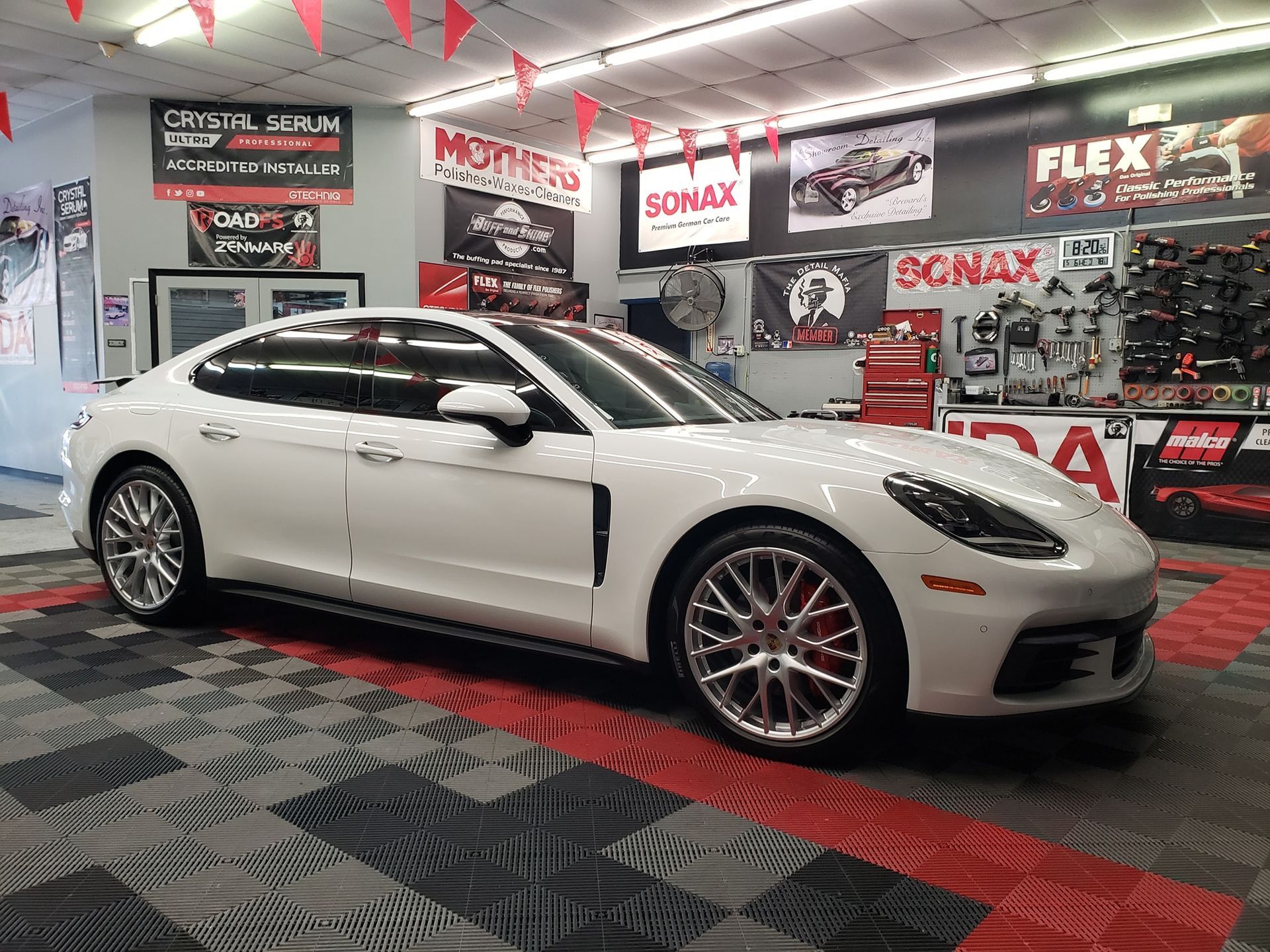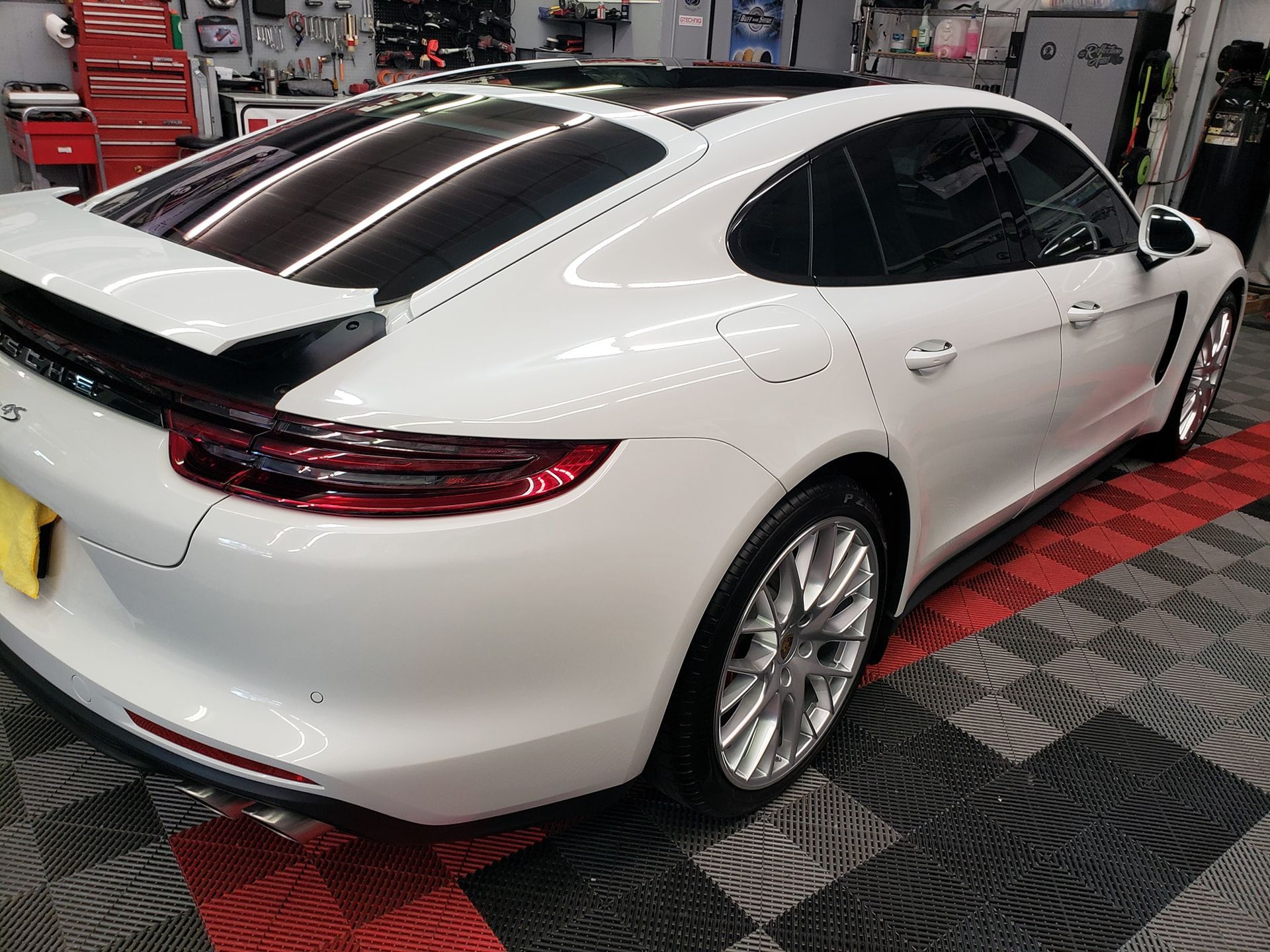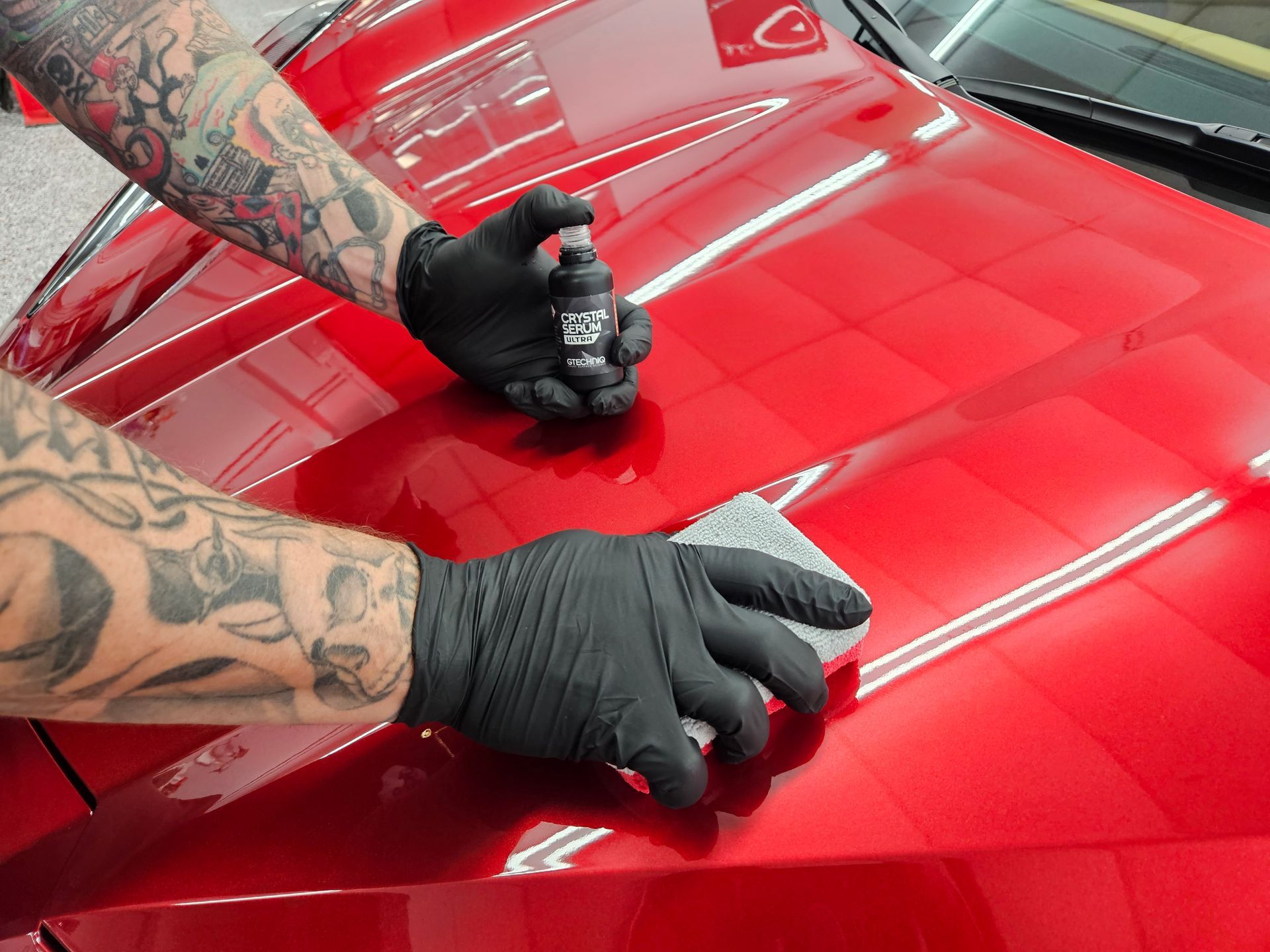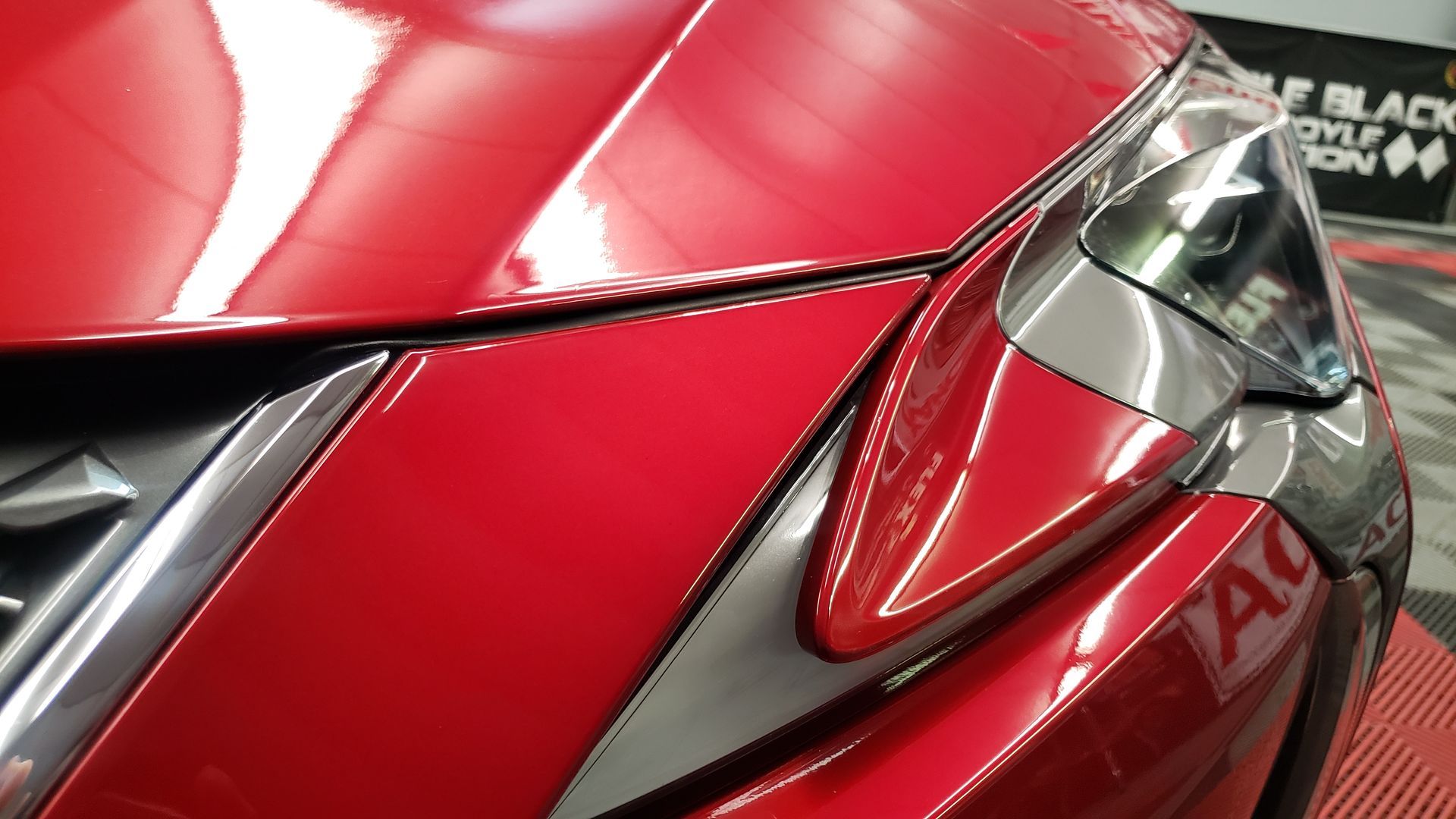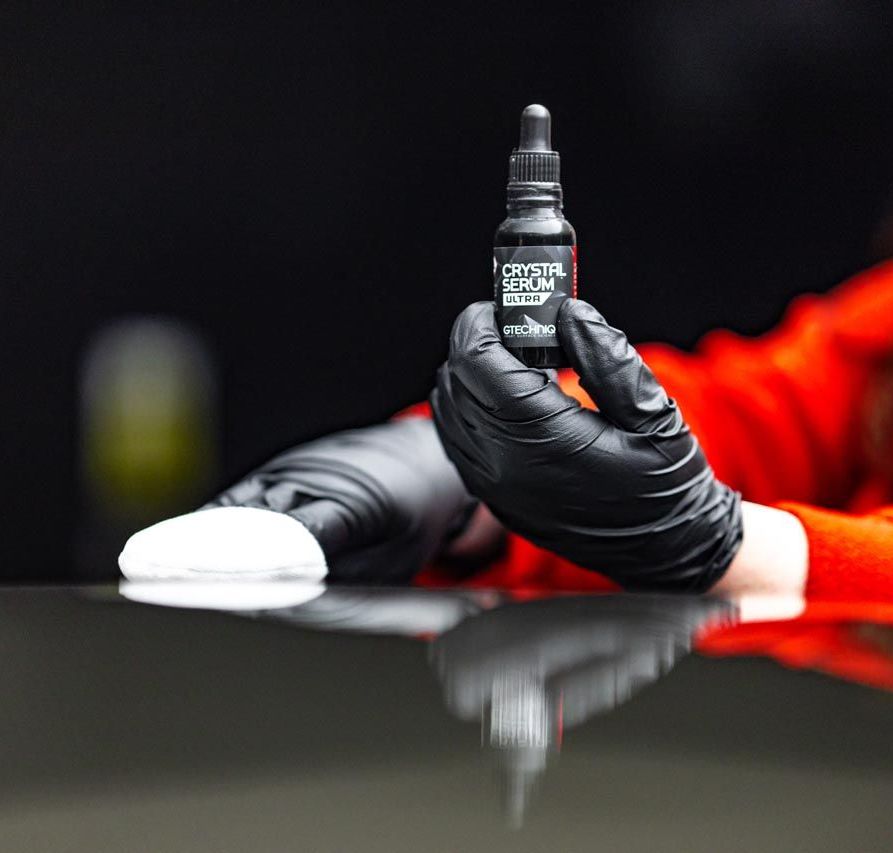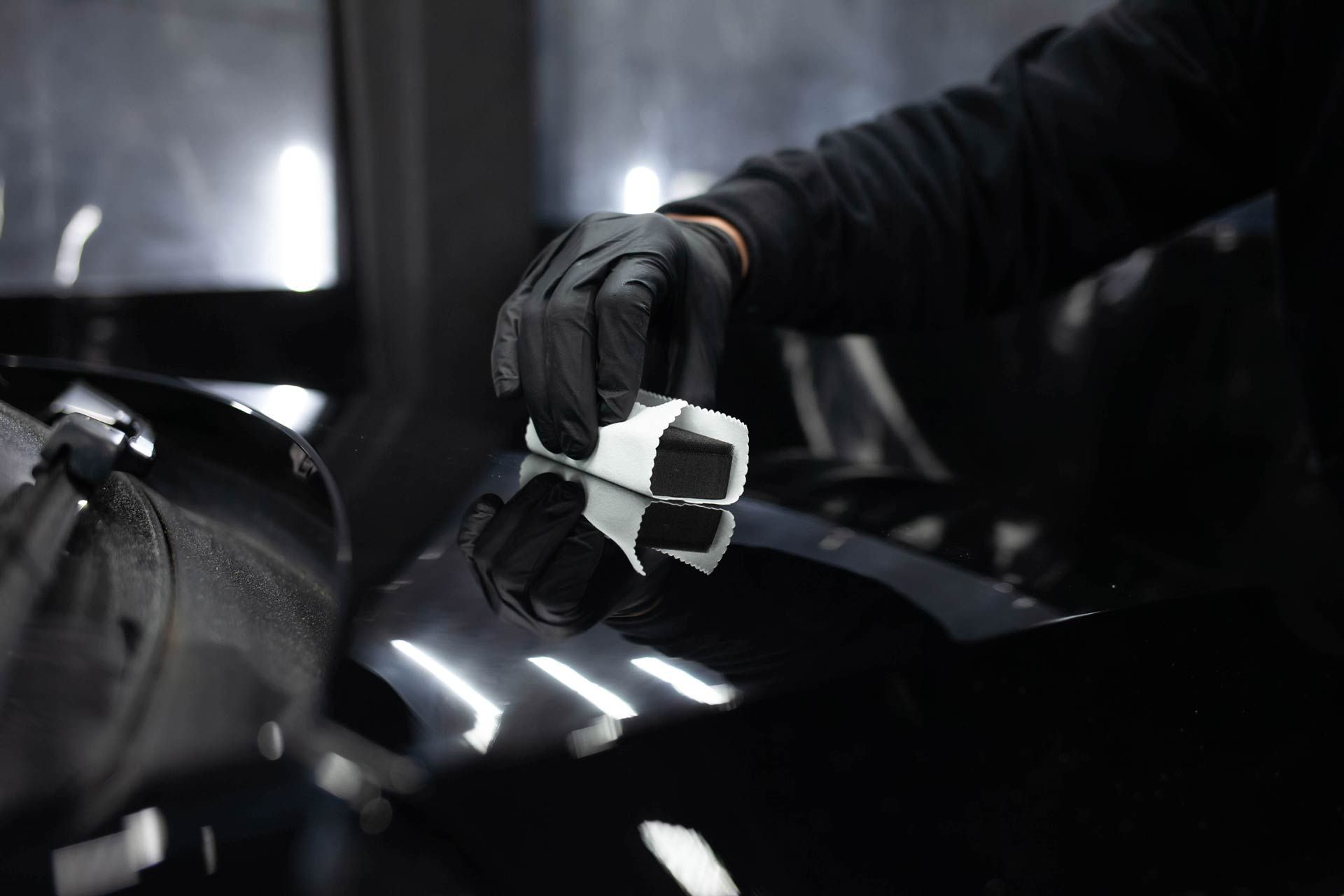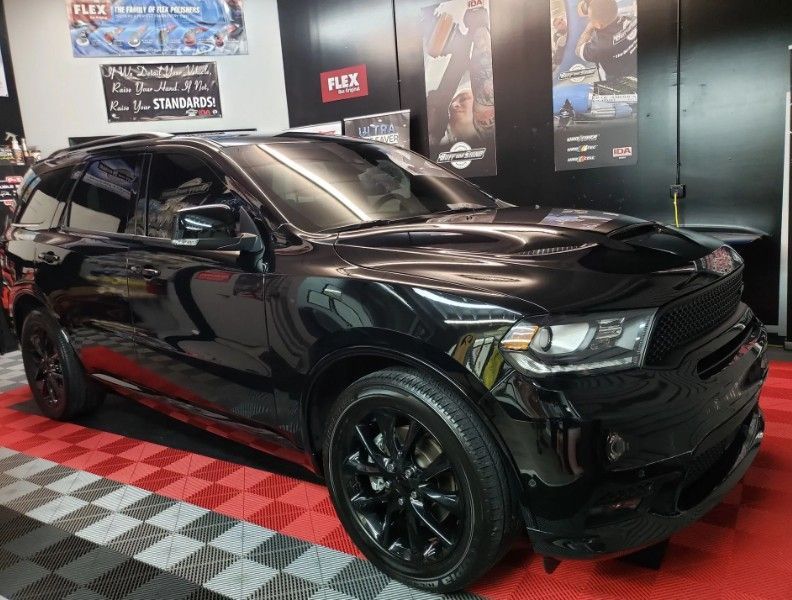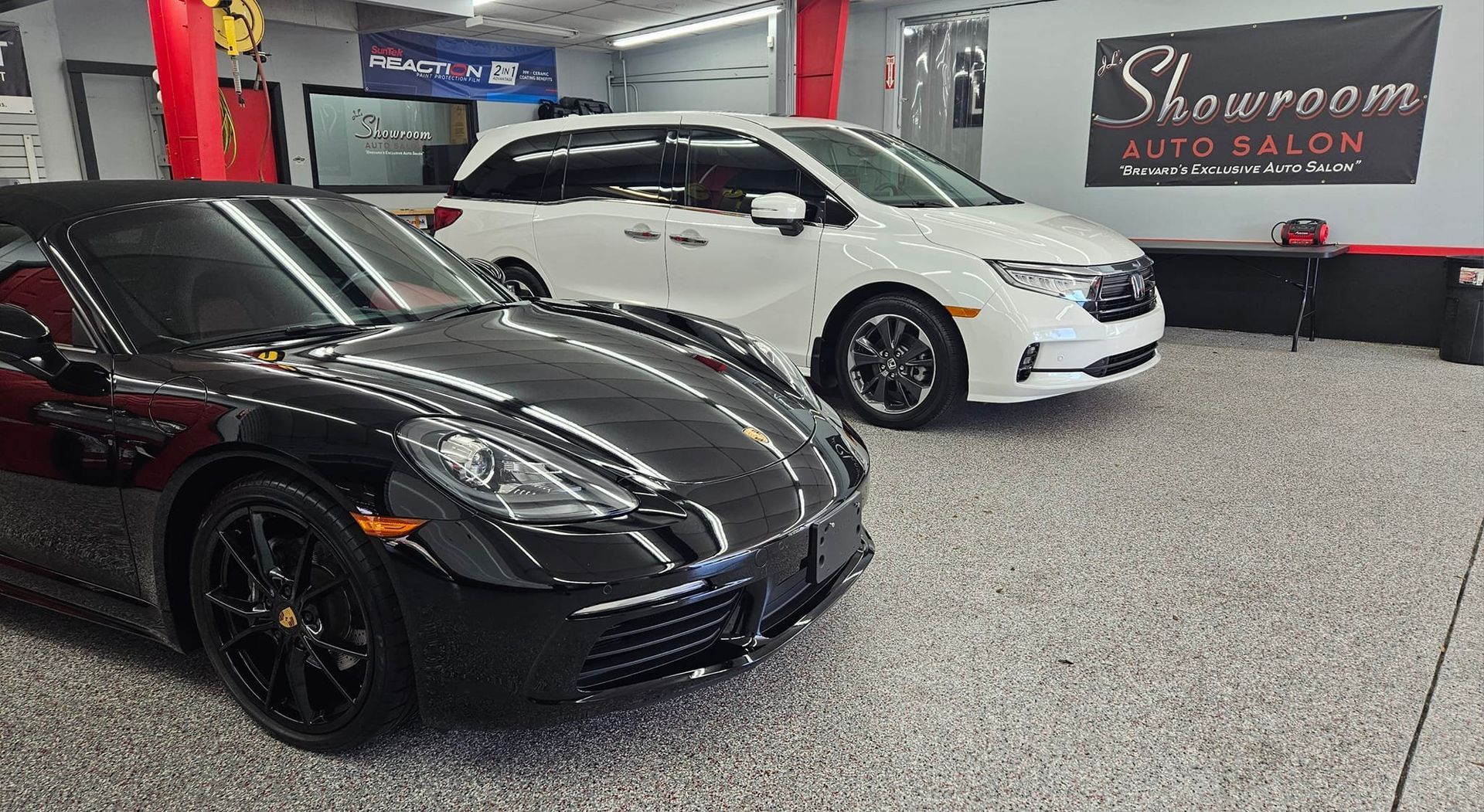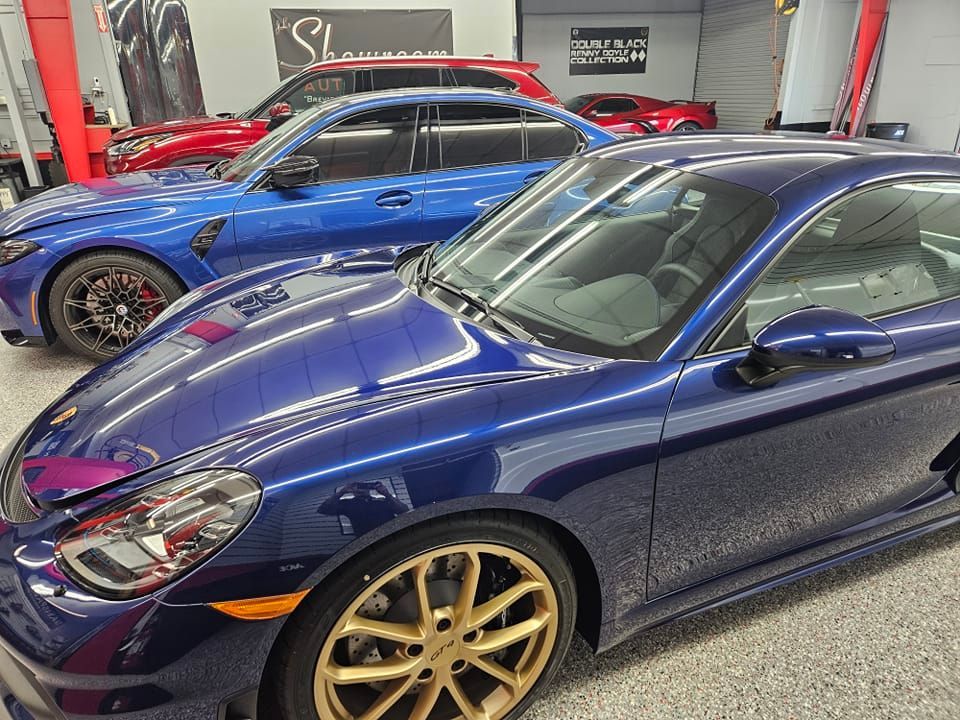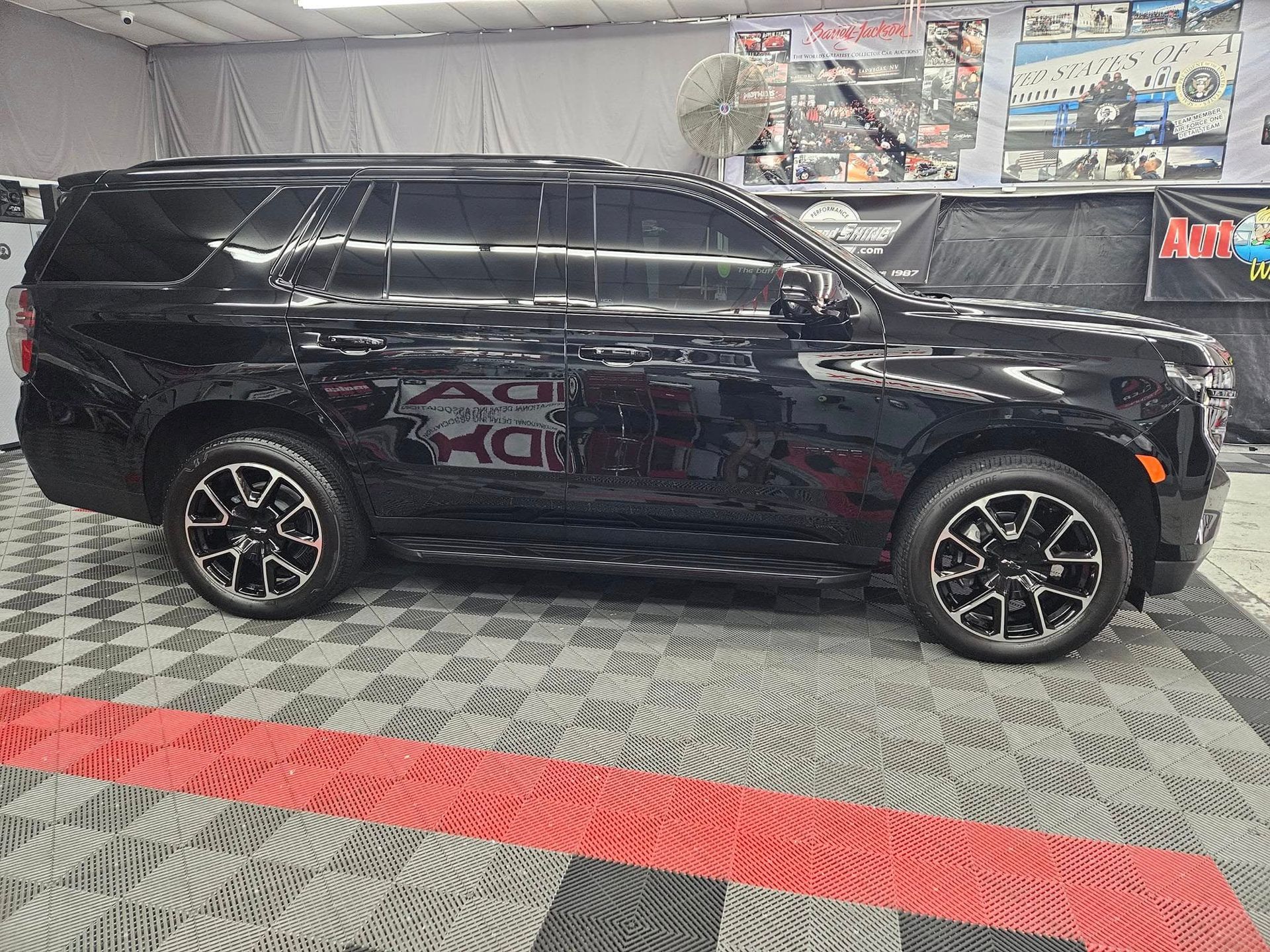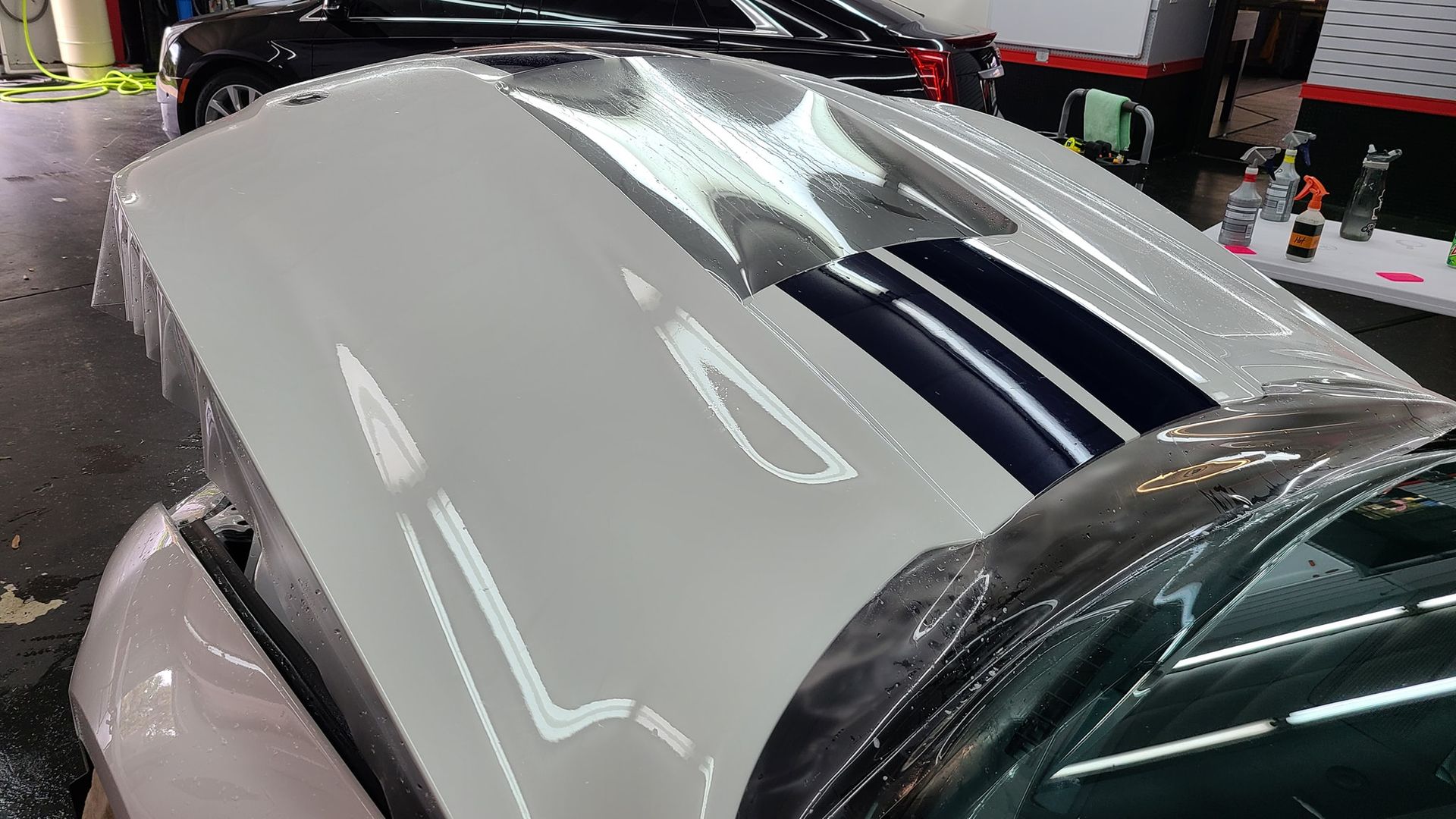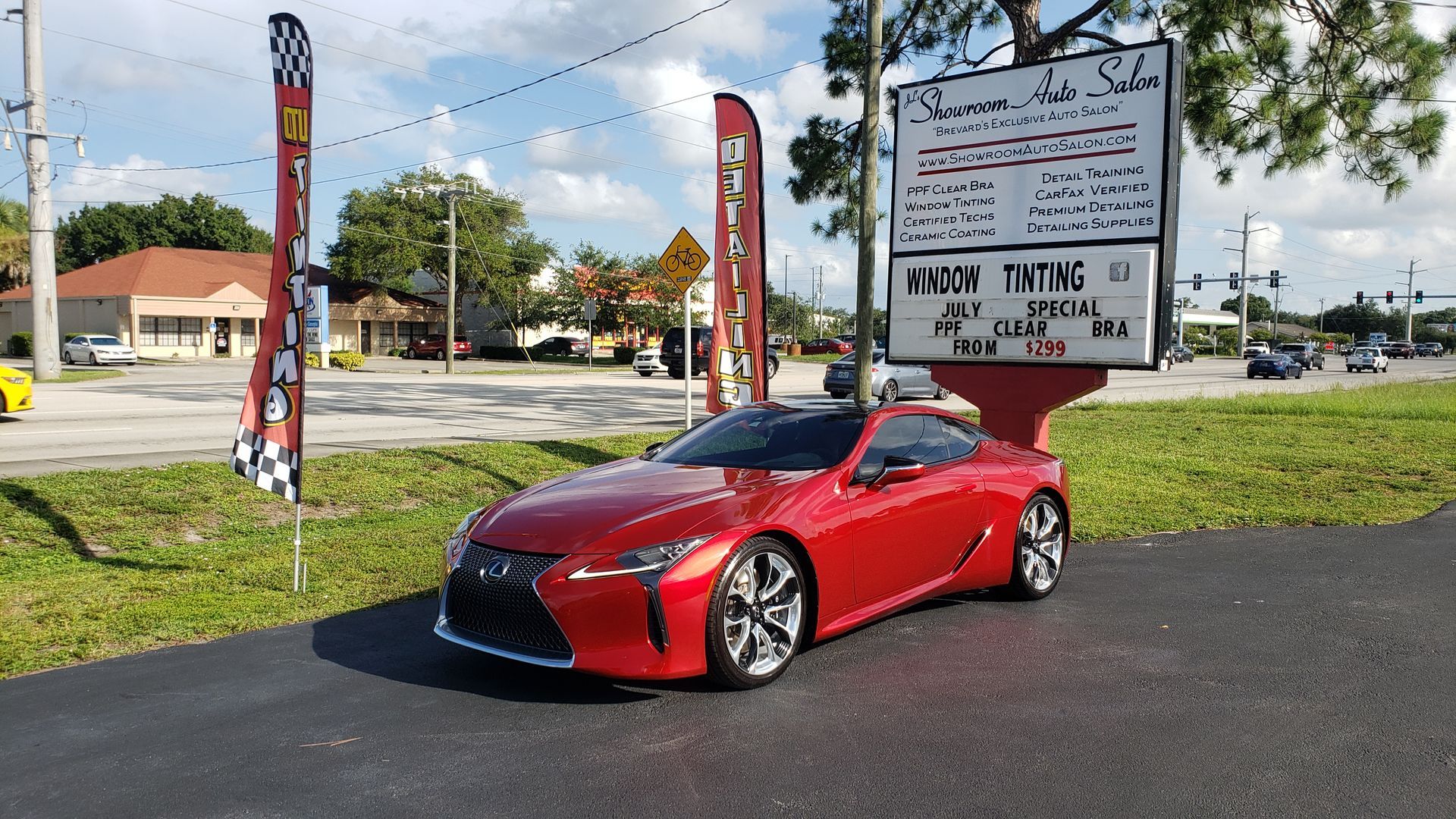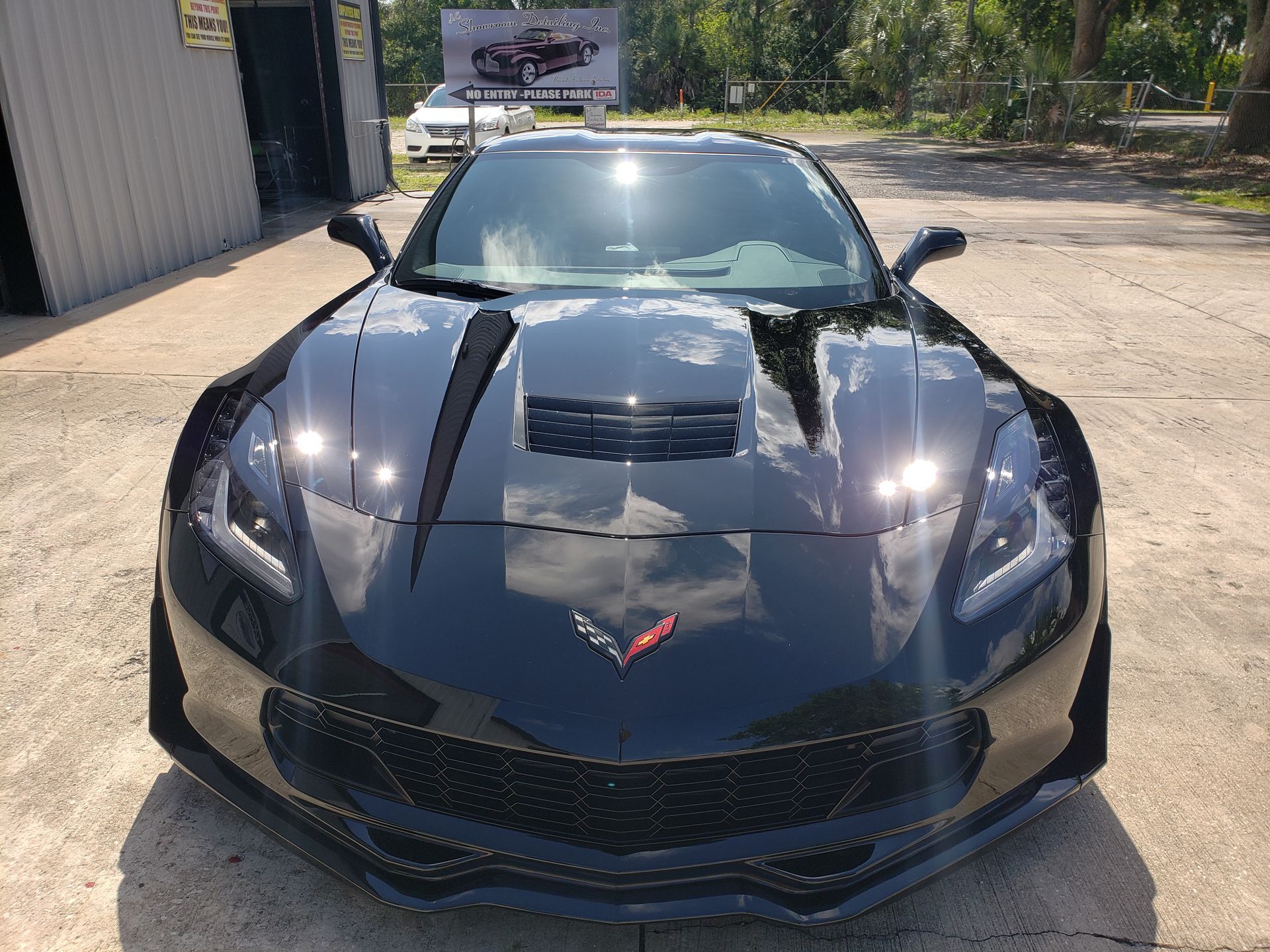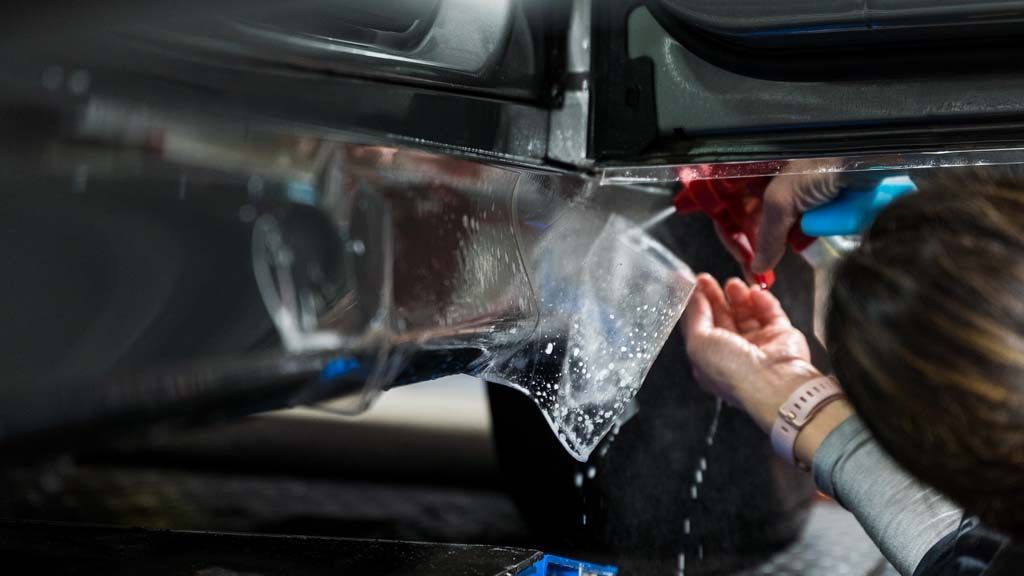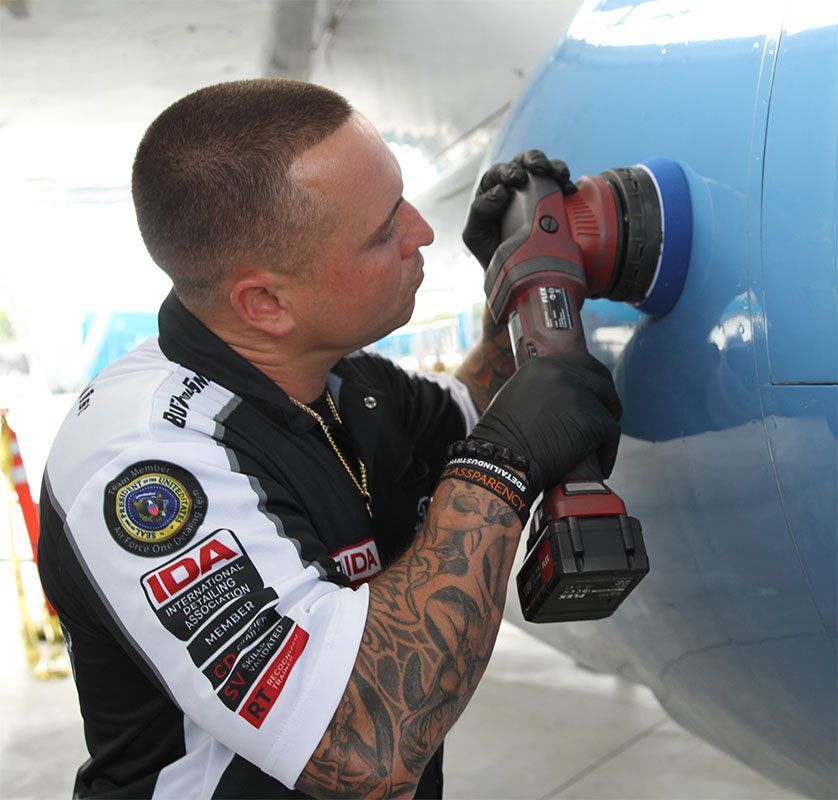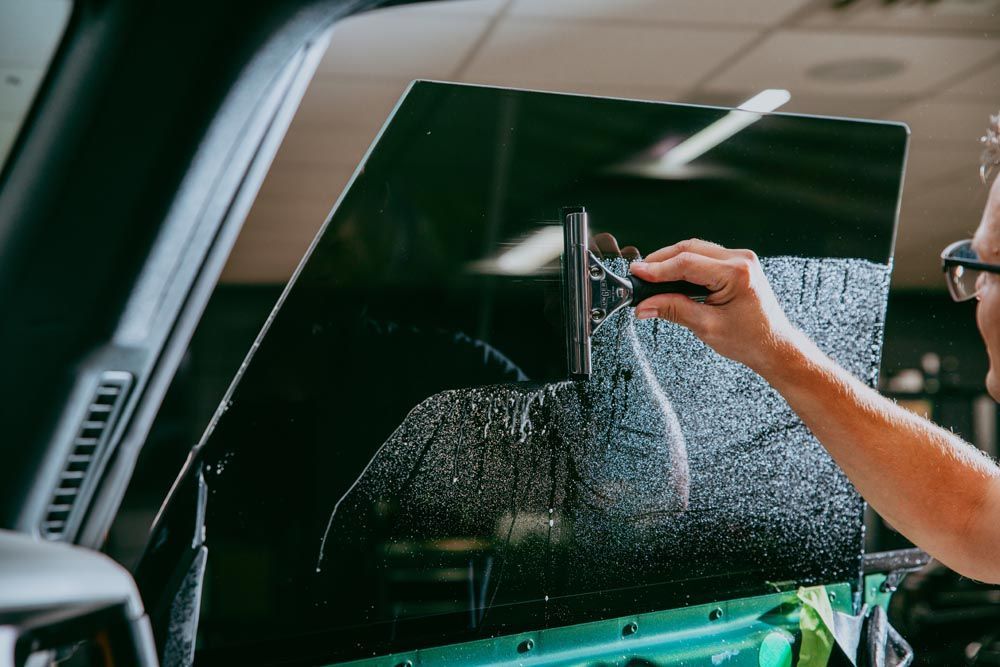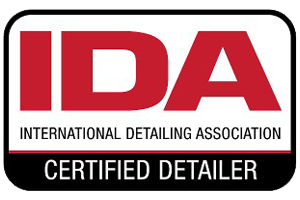Ceramic Coating Myths Exposed: Debunking Fact from Fiction
Contrary to common belief, ceramic coatings aren't invincible shields against all scratches or self-cleaning magicians. They indeed offer solid protection but not complete immunity against damage, requiring consistent care to maintain their effectiveness. Let's delve into a truth that might surprise you: not every ceramic coating is created equal. Quality varies greatly, with some offering shallow promises compared to the enduring protection of professional-grade products. Navigating these waters requires understanding these nuances. Let's dive deeper.
While ceramic coatings can protect against environmental contaminants, they are not completely impervious to scratches and damage. It's essential to understand that proper maintenance and care are still necessary to preserve the coating's effectiveness.
Misconceptions about Ceramic Coating
Ceramic coatings have garnered a lot of attention in recent years, leading to numerous misconceptions about their abilities. When it comes to vehicle paint protection, some believe that ceramic coatings offer complete immunity against scratches, which is not entirely accurate. While ceramic coatings do provide substantial protection against environmental contaminants, it's essential to understand that they are not impervious to all forms of damage, including scratches. In reality, ceramic coatings act as a sacrificial layer against dirt, mud, and other chemical contaminants, protecting the vehicle's paintwork underneath. This means that they cannot guarantee absolute immunity against scratching. Understanding this distinction is crucial to managing expectations and making informed decisions about vehicle maintenance.
Another prevalent misconception pertains to the necessity of maintenance for vehicles treated with ceramic coatings. While it's true that ceramic coatings provide long-term benefits when properly maintained, the notion that they require no maintenance at all is misleading. Regular washing continues to be essential, even with a ceramic coating, as environmental contaminants and dirt can still adhere to the surface over time, affecting the coating's effectiveness and overall aesthetic appeal.
Proper maintenance involves using appropriate cleaning agents and methods to preserve the coating's integrity. Neglecting regular washes could compromise the coating's protective qualities and potentially lead to diminished performance over time. It's important to emphasize that while ceramic coatings offer remarkable durability and water-repellent properties, they are not a substitute for routine care and upkeep. By debunking these myths and understanding the true effects of ceramic coatings, vehicle owners can make informed decisions about their maintenance routines and maximize the benefits of this protective technology.
Are All Ceramic Coatings Similar?
Ceramic coatings may initially appear to be a one-size-fits-all solution when it comes to safeguarding your vehicle's exterior. However, there's a considerable amount of variation in the market. It's crucial to recognize that not all ceramic coatings are cut from the same cloth. Some are crafted with higher-quality ingredients, offering superior durability and protection, while others may lag in these aspects.
The variability in ceramic coatings largely comes down to their formulations. Professional-grade ceramic coatings are engineered with advanced polymers and additives that deliver exceptional durability and protection. These coatings are designed to form a robust bond with the vehicle's paint, creating a protective layer that can weather environmental elements and UV damage. Professional-grade ceramic coatings stand out for their superior quality and performance compared to lower-quality options.
It's imperative for consumers to discern these differences and select high-quality ceramic coatings to ensure optimal protection and longevity for their vehicles. While investing in a professional-grade product may entail a higher initial cost, it can ultimately save money in the long run by reducing the frequency of reapplications and potential repairs. Understanding the distinctions between various ceramic coating formulations empowers consumers to make informed decisions about the care and protection of their vehicles. By choosing high-quality products, vehicle owners can relish enhanced durability, protection, and long-term benefits for their prized possessions.
Ceramic Coatings vs. Car Waxing
When it comes to giving your car that glossy, protected look, you have a choice between car wax and ceramic coatings. Both aim to protect your paintwork from factors like UV exposure, bird droppings, and general wear and tear. However, the way they go about it is quite different. Ceramic coatings are new to the market, and their protection capability often exceeds what traditional wax can offer. Made from advanced nanotechnology, they provide superior bonding to the car's paintwork. This means they form a stronger protective layer than wax.
To understand why this matters, let's consider what happens each time you park your car outside. When the sun shines down on your paintwork, UV rays penetrate the clear coat, causing it to oxidize and fade. With a layer of wax, it can offer some protection from this but will eventually wear off and need reapplication. On the other hand, ceramic coatings form a durable barrier that withstands UV damage for longer periods, often up to several years.
In terms of protecting against environmental contaminants, traditional waxes are limited in their ability. While they provide a glossy finish, they don't offer much hardness or contamination resistance. Ceramic coatings, however, are formulated with hardness properties that make them more resistant to damages caused by chemical and environmental elements. For those who live in areas with harsh weather conditions or near the coast where salt spray can cause damage to their cars' exteriors, choosing a ceramic coating might be a smart move. They provide unmatched protection against these harsh environmental elements compared to traditional car waxes.
Admittedly, ceramic coatings do come with a higher price tag than traditional wax products and require careful application. Yet the longevity of protection they provide, along with the ease of cleaning, makes them a popular choice for many vehicle owners. So next time you're thinking about protecting your car's paintwork, consider the benefits of ceramic coatings—they may just be worth the investment!
Exposure to Scratches and Durability Concerns
We often hear that ceramic coatings are scratch-proof. It's essential to understand that they are not immune to scratches and damage. It's crucial to acknowledge that heavy impact or forceful scraping can still create visible damage to the coating, just like with any protective layer. Additionally, ceramic coatings are not indestructible and may yield under extreme pressure. Recognizing this balance allows users to appreciate the protective benefits of ceramic coatings without unrealistic expectations. So what does this mean for you as a car owner looking to protect your vehicle's exterior? It means that while ceramic coatings provide a high level of defense against environmental contaminants, you should still exercise caution and care when handling the vehicle.
Proper cleaning techniques play a significant role in preserving the protective capability and overall durability of ceramic coatings. Regular washing prevents dirt and debris from accumulating on the surface, reducing the risk of abrasive particles causing micro-scratches during movement. By using pH-neutral automotive shampoos and employing gentle washing methods, you can maintain the integrity of the coating while keeping your vehicle clean. Periodic inspections and professional assessments can also help identify any areas requiring touch-ups or reapplications of the ceramic coating. The transparency of these coatings allows for easy visual inspection, enabling early detection of any imperfections or signs of wear. This proactive approach ensures that the coating remains effective in safeguarding your vehicle's paintwork. By understanding the limitations of ceramic coatings and implementing prudent care practices, you can enhance their durability and maintain optimal protection for your vehicle's exterior.
The Importance of Professional Application
Applying a ceramic coating to your car might sound simple enough, but it's actually a delicate and intricate process that requires expertise. While some may be tempted to try their hand at DIY application, it's crucial to recognize that professional application is vital for ensuring the full benefits of ceramic coatings.
Why is professional ceramic coating application so important? Well, professionals have the expertise and experience to prep the car's surface properly. This prepping step is essential for the coating to adhere effectively and provide long-lasting protection. Without proper surface preparation, the ceramic coating may not bond well with the paint, leading to inconsistencies and potential durability issues down the road. Additionally, professionals know how to apply the coating evenly and efficiently, ensuring complete coverage without any missed spots or streaks. This level of precision is challenging to achieve for those who lack experience in applying ceramic coatings.
Professionally applied coatings have a significantly lower failure rate than those applied by inexperienced individuals—an essential factor to consider when investing in ceramic coating for your vehicle. Professional application also guarantees that the environment in which the coating is applied meets the necessary standards. Proper application of ceramic coating requires a climate-controlled space where temperature and humidity are carefully regulated. This ensures optimal conditions for the coating to cure and bond effectively with the vehicle's surface.
Emphasizing the significance of professional application isn't about dismissing DIY efforts; rather, it's about understanding that certain tasks require specialized skills and knowledge to achieve superior results. Seeking professional services for ceramic coating application paves the way for optimal performance and longevity, safeguarding your investment in your vehicle. In conclusion, professional application of ceramic coatings is pivotal in unlocking their full protective potential and ensuring a lasting shield for your vehicle.
Professional Ceramic Coating SERVICE in Melbourne
Revitalize your ride and protect its pristine finish with JL’s Showroom Auto Salon in Melbourne, FL, where automotive excellence meets professional ceramic coating installation. Elevate your vehicle's aesthetic allure while shielding it from the harsh Florida elements with our expert application of high-quality ceramic coatings. Our skilled technicians at JL’s Showroom Auto Salon are committed to delivering unparalleled results, ensuring your car maintains its showroom shine for years to come. Say goodbye to worries about fading paint, oxidation, and environmental contaminants; our ceramic coating provides an invisible armor, keeping your vehicle looking as good as new. Don't settle for ordinary; choose extraordinary at JL’s Showroom Auto Salon. Book your appointment today or call us at
(321) 723-6976 and experience the pinnacle of automotive protection and style!
